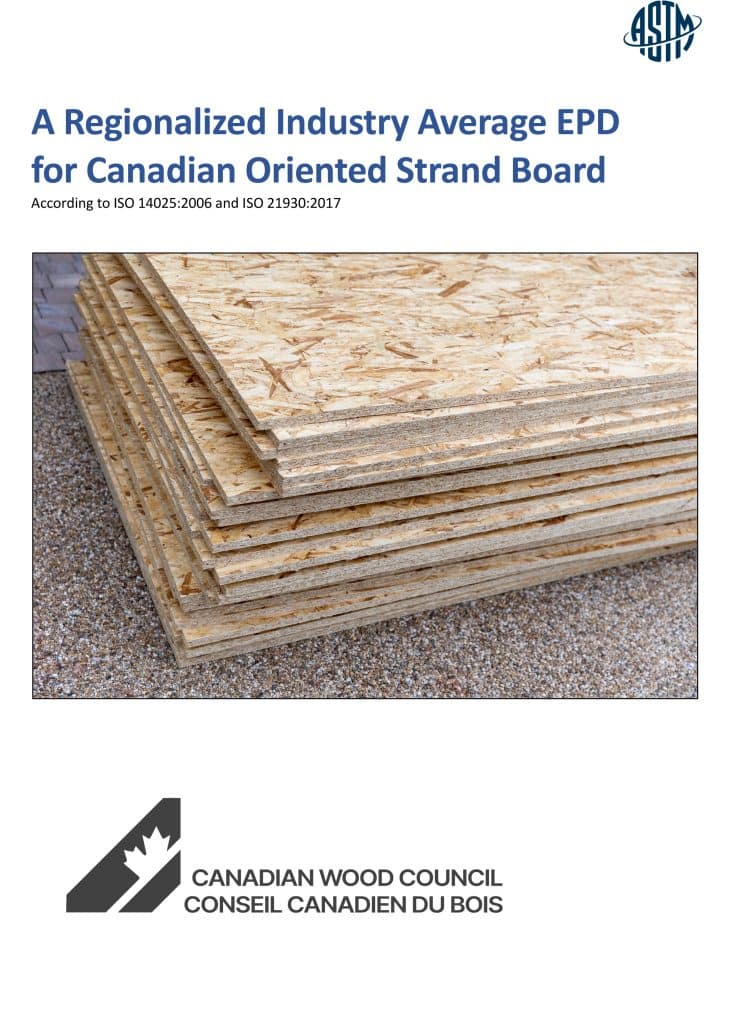Canadian Wood Council Applauds Federal-Provincial Investment in Advanced Wood Construction in Quebec
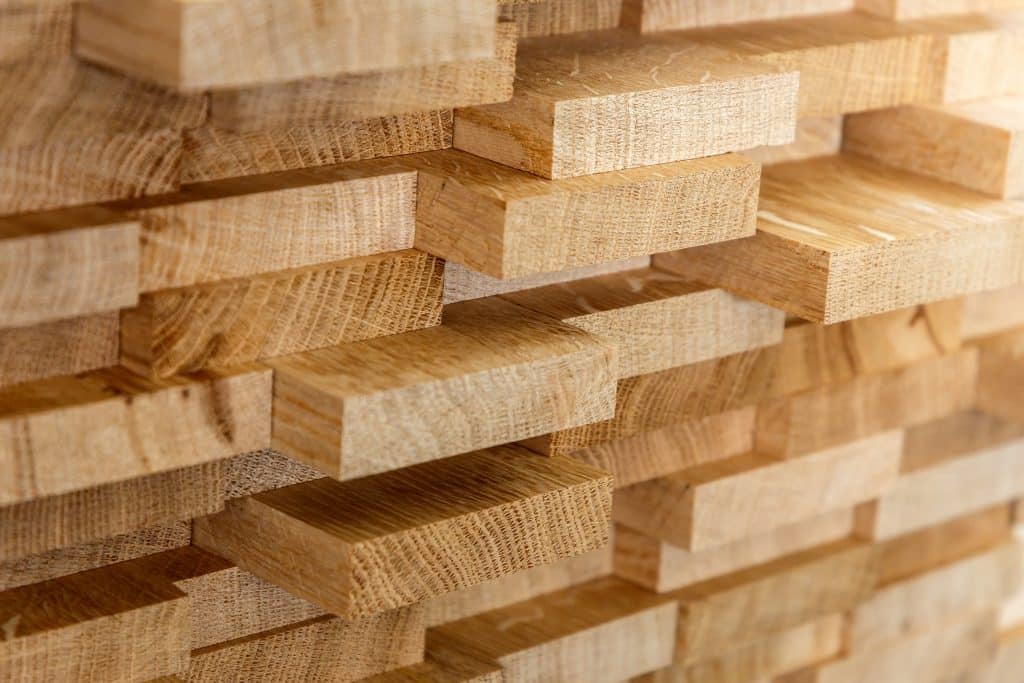
OTTAWA, March 24, 2025 – The Canadian Wood Council (CWC) applauds the joint investment of over $8.5 million by Natural Resources Canada and Quebec’s Ministry of Natural Resources and Forests in four innovative wood construction-related projects across Quebec. These strategic initiatives will help strengthen the manufacturing sector and accelerate the adoption of low-carbon, Canadian-made wood products and technologies in residential construction and other critical community infrastructure. By supporting advanced wood construction methods—including modular mass timber housing, artificial intelligence to modernize engineered wood manufacturing, and the design of tall wood residential buildings—this investment reinforces the essential role of wood in delivering high-performance, low-carbon construction solutions. From a 20-unit modular development and a 21-storey design study to the cultural leadership of the Cree First Nation of Waswanipi in forest-to-form construction, these projects demonstrate how innovative wood technologies can meet urgent housing needs in a sustainable way, through scalable and repeatable, locally driven approaches. The Canadian Wood Council commends both levels of government for recognizing the critical role of Canada’s forest sector in delivering smart, climate-friendly building systems. These investments demonstrate how advanced wood technologies can contribute to addressing urgent housing needs while helping to lower the carbon footprint of the built environment. Design and construction professionals in Quebec can access free technical support related to wood design and construction through the market-leading resource program, Cecobois. The CWC is pleased to provide support further expand the use of wood in residential, commercial, and institutional buildings throughout the rest of Canada through its WoodWorks program. View the announcement from Natural Resources Canada here:https://www.canada.ca/en/natural-resources-canada/news/2025/03/canada-and-quebec-invest-in-sustainable-wood-construction.html
Canadian Wood Council Applauds Federal Investment in Nova Scotia’s Mass Timber Industry
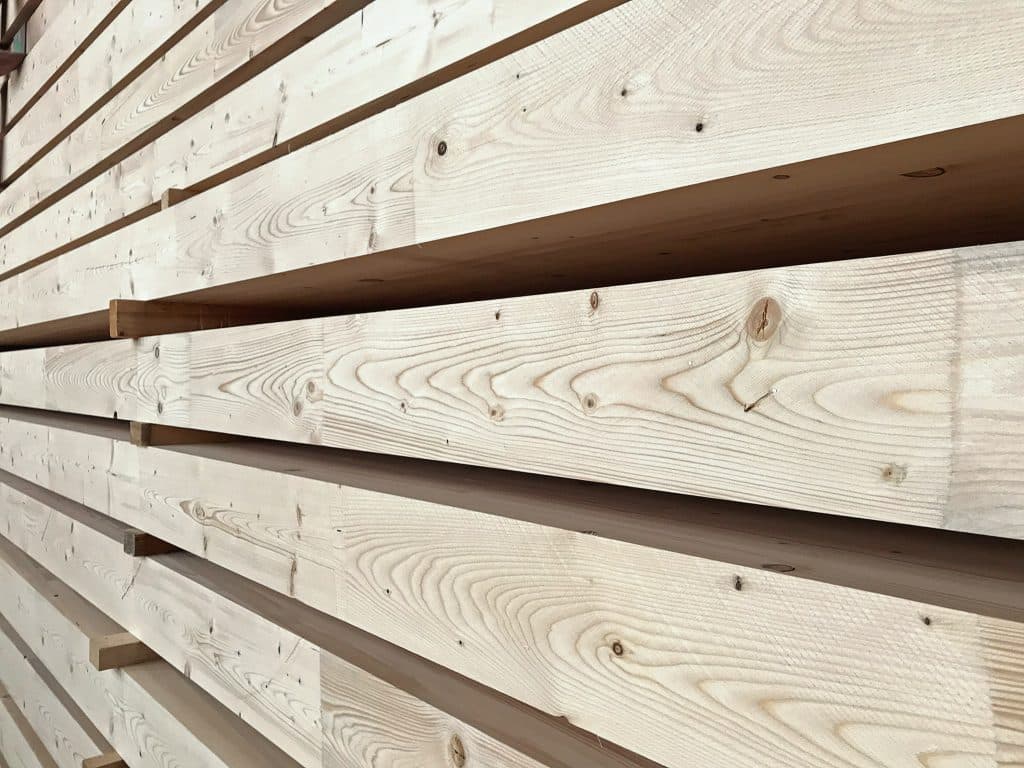
OTTAWA, ON, 21 MAR 2025 – The Canadian Wood Council (CWC) applauds the Government of Canada’s strategic investment in Nova Scotia’s mass timber sector, recognizing its role in advancing low-carbon construction, economic growth, and job creation. This funding will accelerate the fabrication of high-value mass timber components from undervalued eastern spruce, unlocking new opportunities for Canada’s forest sector and expanding the use of advanced wood materials in construction. By supporting the production of Cross-Laminated Timber (CLT) and Glulam in Nova Scotia, this investment strengthens supply chains, creates skilled jobs in the region, and enhances the competitiveness of low-carbon building solutions across Canada. Mass timber is increasingly recognized as a proven strategy for the rapid construction of much-needed housing and other critical infrastructure. Its benefits extend across multi-residential and commercial buildings, offering a scalable, efficient, and sustainable approach to modern construction. Canada’s forest sector is well-positioned to meet the growing domestic demand for sustainable construction materials. This investment will drive innovation in mass timber manufacturing, creating economic opportunities in Nova Scotia while enhancing Canada’s capacity to produce and supply mass timber products nationwide. Expanding domestic production advances low-carbon building solutions and strengthens Canada’s wood manufacturing sector. The CWC applauds this commitment to fostering a resilient and competitive mass timber industry in Atlantic Canada. Through our WoodWorks technical program, we look forward to supporting construction professionals with the knowledge and resources they need to integrate mass timber into more projects across the country. View the announcement from Natural Resources Canada here: https://www.canada.ca/en/natural-resources-canada/news/2025/03/canada-invests-in-nova-scotias-local-mass-timber-industry.html
Reassessment of Reference Design Values for Hem-Fir (N) Dimension Lumber (U.S. Market)
Reassessment of Design Values for Hem-Fir (N) Dimension Lumber (Canadian Market)
Lateral Bracing Requirements – Part 9 of the BC Building Code 2024
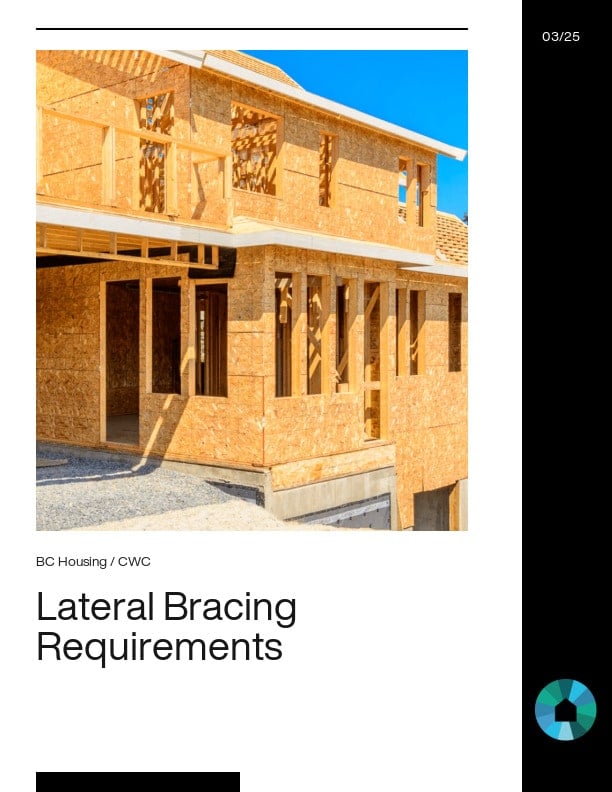
Purpose:This publication provides detailed guidance on the BC Building Code 2024 requirements for lateral bracing in Part 9 wood-frame houses. It explains the building material requirements and construction methods necessary to ensure houses are safe and resilient against seismic and wind loads. Impact:This illustrated guide aims to help designers and builders in British Columbia understand and implement the updated Code requirements for lateral bracing. By doing so, it enhances the structural integrity of houses, ensuring they are better protected against environmental hazards, especially earthquakes. Partners:Canadian Wood Council, National Research Council, The Province of B.C., University of Ottawa
Webinar: Efficient Tall Wall Framing using Engineered Wood Products
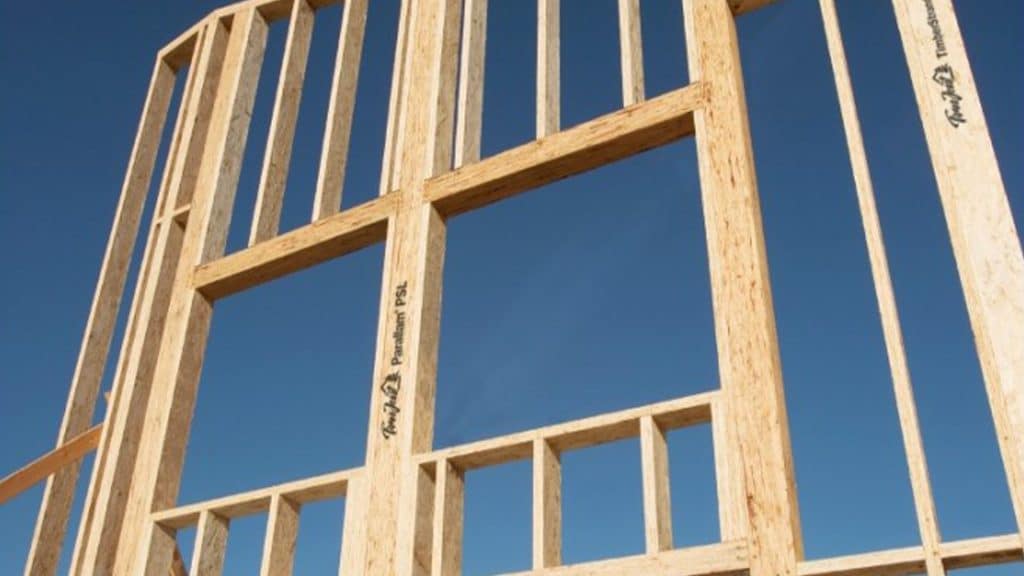
Webinar: Diversify Your Structural Portfolio: Wood in Low-Rise Commercial Construction
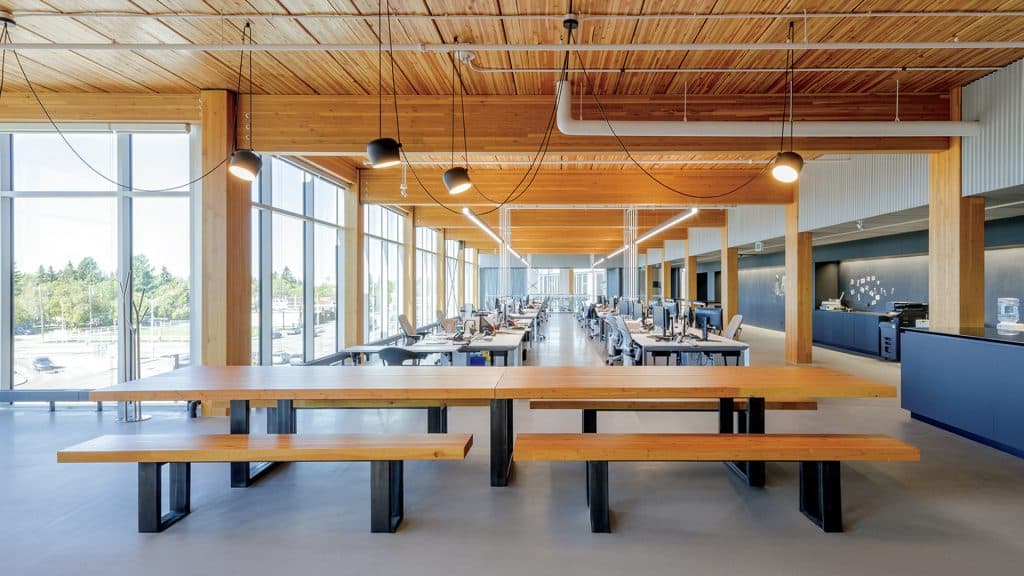
Calgary – Innovations and Challenges in Mid-Rise Construction Workshop
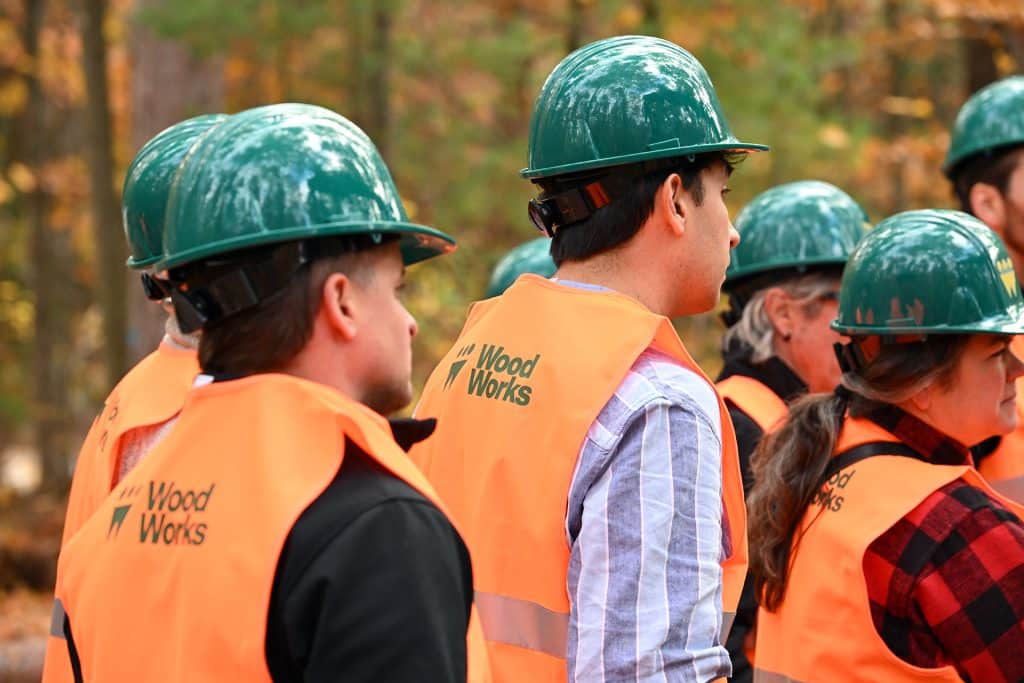
Edmonton – Innovations and Challenges in Mid-Rise Construction Workshop
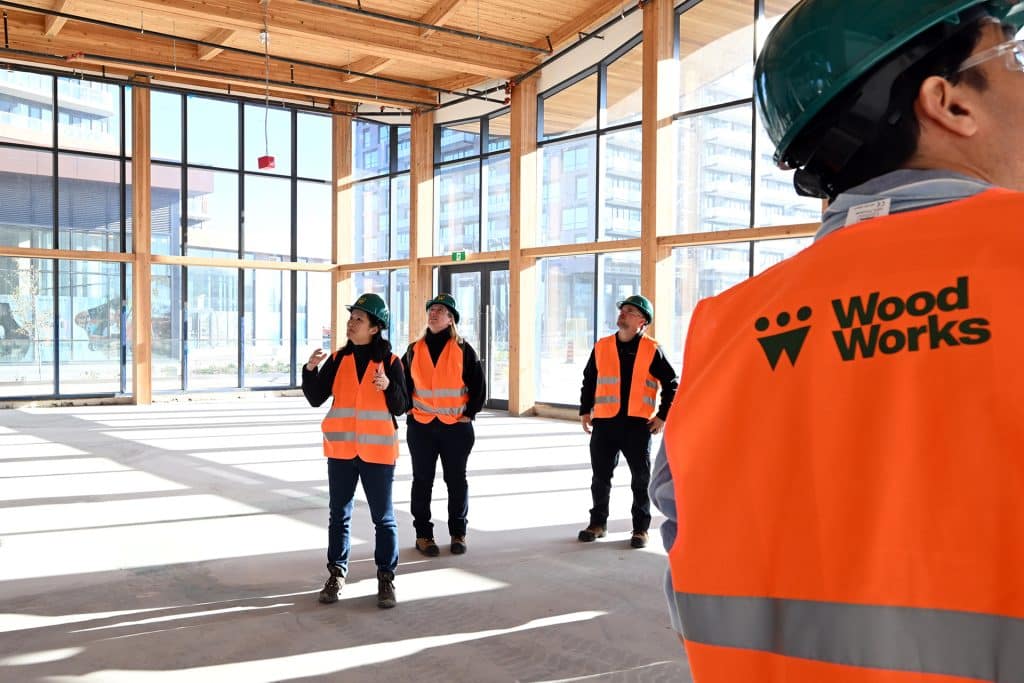
A Regionalized Industry Average EPD for Canadian Wood Trusses
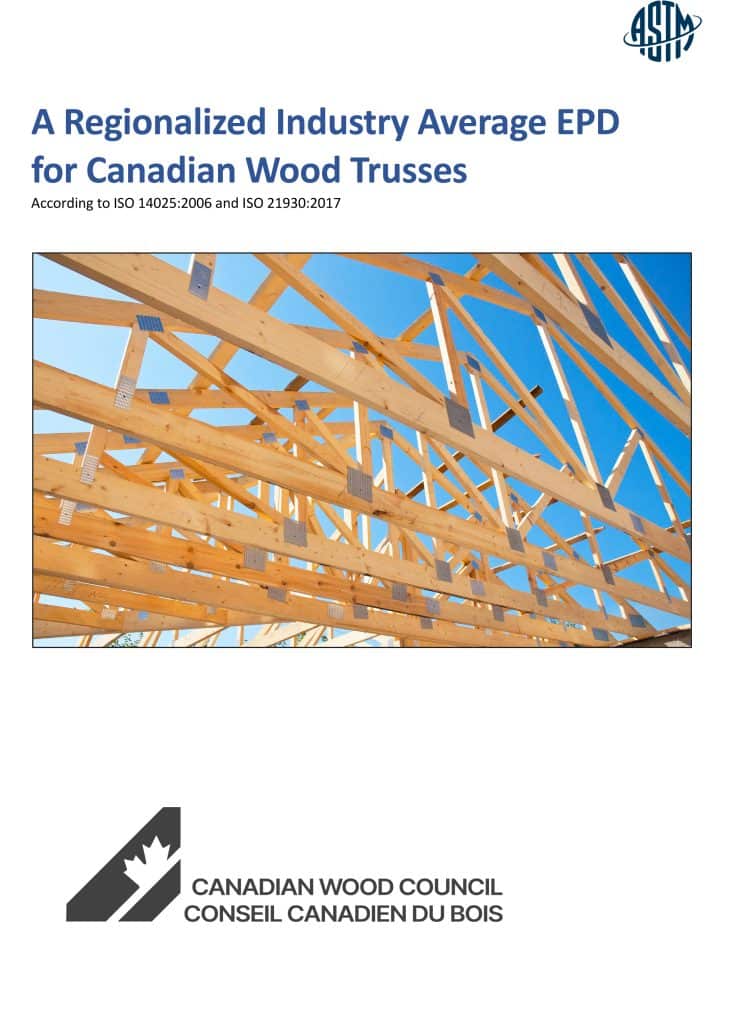
An Industry Average EPD for Canadian Softwood Plywood
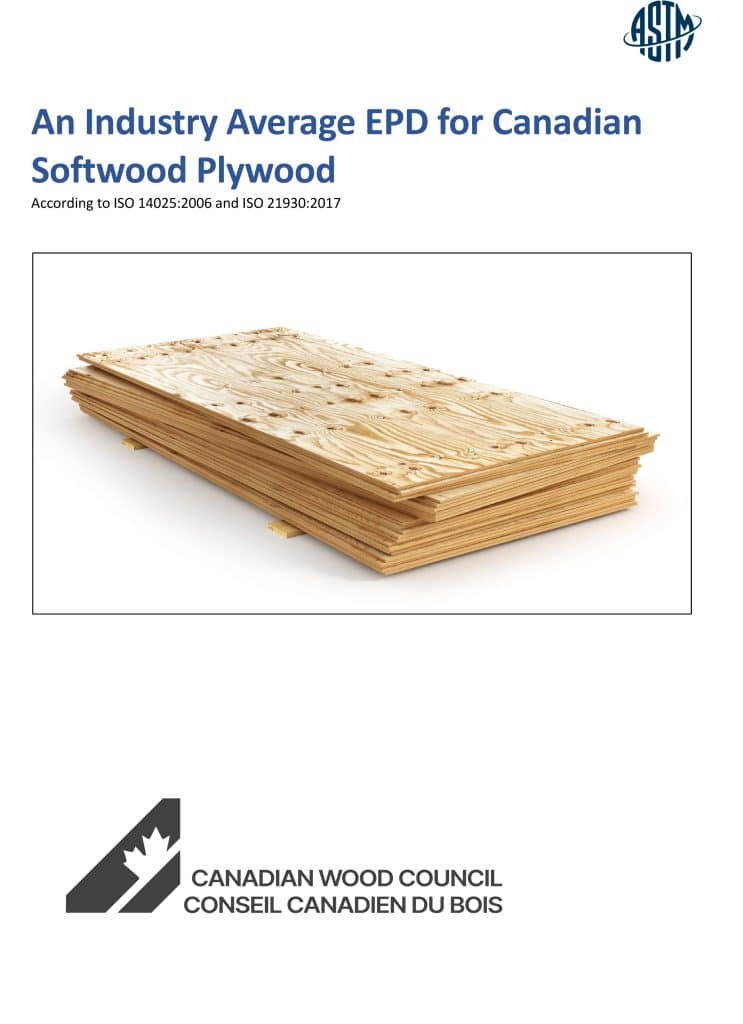
A Regionalized Industry Average EPD for Canadian Oriented Strand Board
